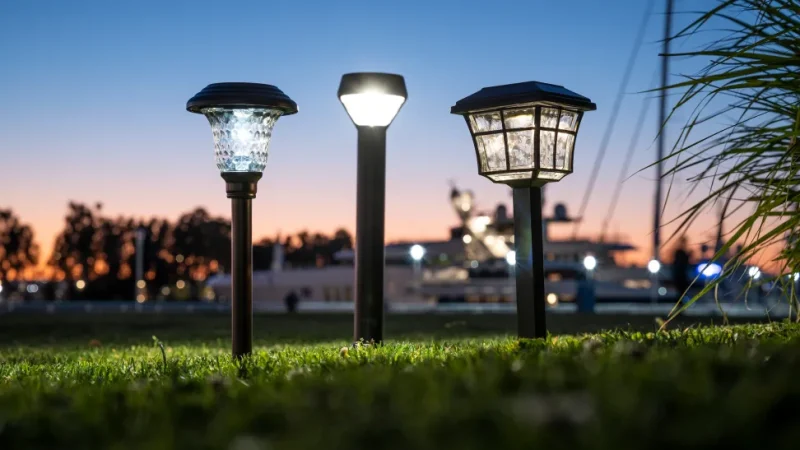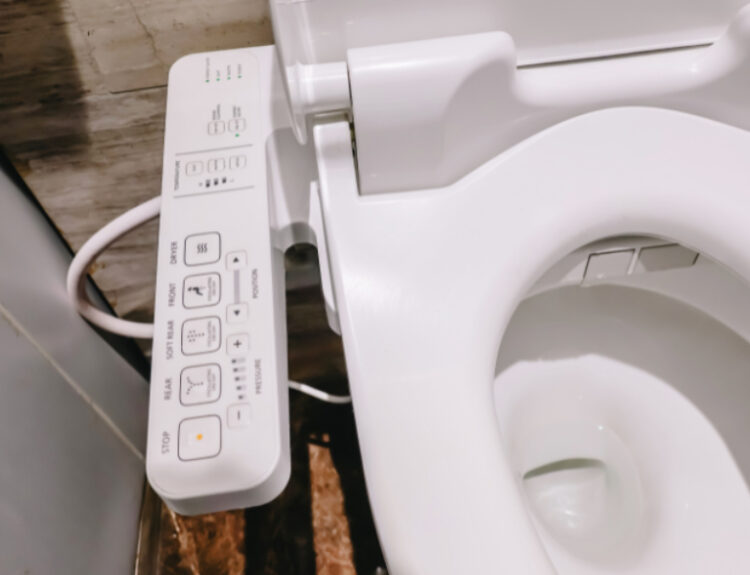It can be a homeowner’s or business owner’s worse nightmare. No, it’s not a rodent infestation. It’s mold.
Mold can grow spores and rapidly spread without you ever knowing. How is this possible? Mold thrives in moist, dark environments.
In many situations, when mold grows, it’s in hidden areas rather than out in the open. Mold may start growing behind walls, under cabinets, inside closets, or in the ceiling. If you notice mold growth out in the open, then this could be due to an extreme mold infestation.
Now is the time to explore mold prevention. Before your home or building falls victim to a mold infestation, it’s ideal to know everything you can about preventing mold growth. Continue reading this guide below to learn more!
1. Set the Right Temperature
What temperature do you keep your home or building at for the majority of the day? A good temperature to prevent mold is 78 degrees. If you set your thermostat too high, then you could create humidity issues.
If you set it too low, then you risk creating cold surfaces in the house or building, which will cause condensation to form. The right temperature for your home or building might depend on the area you live in and what the outside temperature is at the time.
For this reason, don’t hesitate to perform a trial and error. This is a good way to determine what temperature setting works the best for you. When spending an extended time away from your home or business, don’t put the temperature above 80 degrees, and do be sure to keep it running.
2. Clean and Remove Clutter
If you have a lot of clutter in your home or commercial property, then it can obstruct the airflow. When the air can’t circulate throughout the home or building as needed, humidity can increase. It’s also important to remove curtains from resting on top of floor air vents.
This can cause condensation. As the humidity levels rise and condensation builds, it creates the perfect breeding grounds for mold. Take your time walking around your home and cleaning/removing any clutter that might be blocking the airflow.
Toss out anything you no longer want or need and rearrange furniture to prevent blocking air vents. When it’s a humid day outside, don’t hesitate to leave a few fans on.
3. Keep Doors and Windows Closed
You most likely keep your AC on throughout the entire year except for winter. Aside from wintertime when you can open your doors and windows to let in that crisp, dry, fresh winter air, keep all doors and windows closed. If you open the doors and windows when the AC is on, then you’re allowing the cold air to escape.
You’re also allowing hot and humid air to enter your home. This not only creates an opportunity for mold to grow but also causes an increase in your energy bill.
4. Check Humidity Levels
Keeping humidity levels low in your home or business will help you control mold growth. To check your humidity levels, consider investing in a humidity monitor. You’ll place the monitor in your home or building and check it on a regular basis.
A humidity reading of 35%-50% is ideal. If you live somewhere where humidity levels are high, then you might see humidity levels reach 55%, but you don’t want them to reach 60% or higher. If the humidity levels get this high, then you’ll want to inspect your home or building to determine where the extra moisture is coming from.
If your home or building struggles with humidity problems, then consider using a dehumidifier.
5. Inspect For Leaks and Standing Water
If your humidity levels are reading high, then you need to act fast and start looking around for signs of water leaks or standing water. However, it’s beneficial to conduct this inspection on a regular basis. Even if you’re not noticing high humidity levels, you still need to check for water often.
You should start by checking for moisture or water near AC units, hot water heaters, refrigerators, sump pumps, windows, and plumbing. Don’t forget to look in crawl spaces as well. If you do see signs of water or moisture in your home or building, then be sure to act on it fast.
Remove it as soon as possible and correct the cause of it to prevent mold growth.
6. Air Out the Bathrooms
One of the most humid rooms in a home or commercial building is the bathroom. Bathrooms are the perfect place for mold spores to grow. They’re moist and don’t receive as much sunlight as the other rooms do.
Because of this, it’s essential you air out the bathroom after each use. Don’t shut the bathroom door after taking a shower. Leave the door open and allow the exhaust fan to run for at least 30 minutes.
If you don’t have an exhaust fan in the bathroom, then be sure to open a window or turn on a fan in the next room over with the bathroom door open. You should also refrain from shutting the shower curtain after taking a shower. Wait until all of the moisture has dried up before closing it.
7. Contact a Professional Mold Specialist
Mold remediation services aren’t only beneficial to those who have already discovered mold in their homes or buildings. These services are also ideal for preventing mold. If you want to have your property inspected for mold, then you’ll want to hire professionals to get the job done right.
If mold is found, then the process of treating the mold can begin. The professionals will also be able to tell you how to prevent mold from coming back and pinpoint problem areas.
Use These Tips on Mold Prevention For a Healthy Home
To ensure a healthy home or commercial property, do be sure to follow all of these helpful tips on mold prevention. Take your time inspecting your property for signs of water, moisture, and mold. Keep the property at an ideal temperature and keep humidity levels low.
Ensure proper airflow, especially in the bathrooms, and contact professional mold remediation services when needed. Then, to find more topics similar to this one, continue to check back here on a daily basis.









